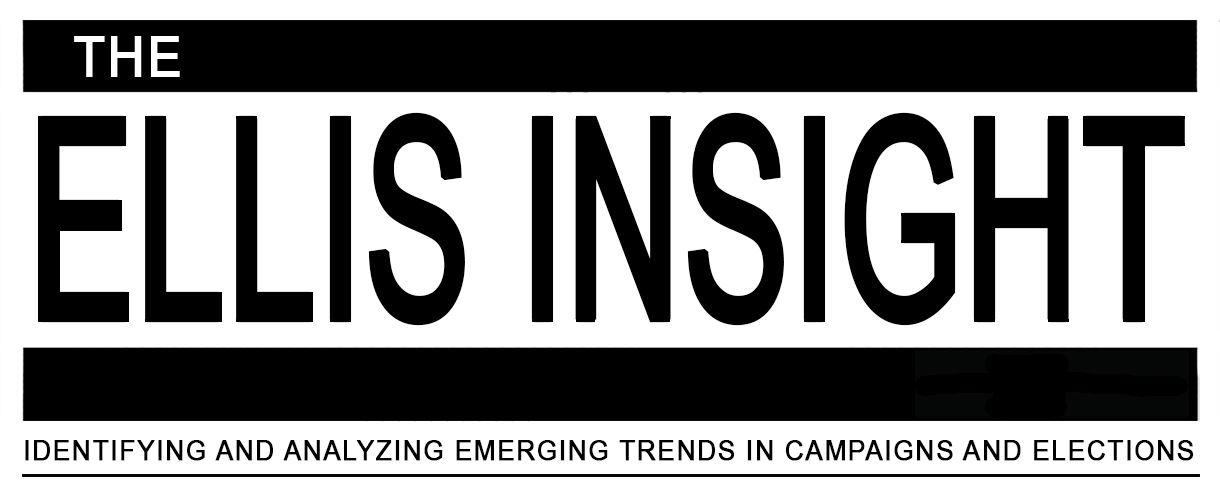New polls are in the public domain from Ohio and Florida with some very divergent results, particularly relating to Ohio.
Within the same timing realm, Quinnipiac University and Rasmussen Reports sampled Ohio voters and questioned them about the upcoming US Senate race between first term incumbent Sherrod Brown (D) and newly chosen Republican nominee Josh Mandel, the current state treasurer. Quinnipiac conducted their survey during the March 20-26 period and interviewed 1,246 registered Ohio voters. Rasmussen launched a one-day poll, March 26, and questioned 500 likely voters. Quinnipiac gathers its responses through live telephone interviews. Rasmussen Reports employs an automated system.
Therefore, the two methodologies are quite different. Many polling analysts question Quinnipiac’s long sampling period, while believing Rasmussen is not in the field long enough. Most pollsters attempt to complete their surveys in three calling days. This allows for a compact “three-day track,” which can help detect sudden movement relating to particular happenings. Both pollsters weight their answers to bring samples in line with demographic complexion, political party disposition, and voting trend history. Yet, as you will see, their results are diametrically different.
The latest Q-Poll shows Brown leading Mandel 46-36 percent, which is similar to their Feb. 7-12 poll that posted the incumbent to a 48-35 percent advantage. But Rasmussen Reports reveals a totally different finding, placing the two candidates in a 43-43 percent tie. Several other polls have shown this race to be close, but most have reported margins closer to the Q-Poll. Since both candidates are well-funded and Ohio will be such a battleground for the presidential election, expect this race to be close by Election Day regardless of how the two candidates are positioned today.
In Florida, after a series of polls revealed the race between Sen. Bill Nelson (D) and Rep. Connie Mack IV (R-FL-14) to be close, Quinnipiac’s March 20-26 poll (1,228 registered Florida voters) is posting the Democrat to a 44-36 percent lead. This is a seven-point swing in Nelson’s favor when compared to the January Q-Poll (Jan. 4-8; 1,412 registered Florida voters) that gave the senator only a one-point lead, 41-40 percent.
There are a couple of reasons explaining the swing. First, the January Q-Poll sampling universe was more favorable to Republicans. In that sample, 35.1 percent of the respondents self-identified as being members of the GOP, versus only 26.6 percent saying they were Democrats. The remainder, 38.1 percent, claimed to be Independents or “other.” The March sample was more in the Democrats’ favor. In this group, 31.0 percent described themselves as Republicans and 31.9 percent as Democrats. Independents and others comprised 40.3 percent of the respondent pool. The actual breakdown of Florida registered voters is 36.1 percent Republican; 40.5 percent Democrat; and 23.3 percent Independent and “Other.”
But the sample pool is only one reason why Nelson may be gaining support. Former interim Sen. George LeMieux, opposing Mack in the Republican primary, is on television and radio with attack ads, attempting to distinguish Rep. Mack from his father, former Sen. Connie Mack III (R), and likening the former to renegade actor Charlie Sheen because of reported bar fights in the younger Mack’s past and episodes of what the LeMieux ads call the congressman’s “road rage.” The swing toward Nelson in the latest Q-Poll can be at least partially attributed to the LeMieux ads.
As we know, a poll is merely a snapshot of the electorate at a particular time and many times anomaly results do occur. To get the best understanding of campaign movement, it is important to consider many polls over a long period of time. What is important is the trend toward election day, and not necessarily the individual numbers themselves.
Since there have already been several inconsistencies in both of these states, we can reasonably expect greater movement in the coming months as the Nov. 6 election nears. Count on both the Ohio and Florida Senate races being among the most interesting in the country.
